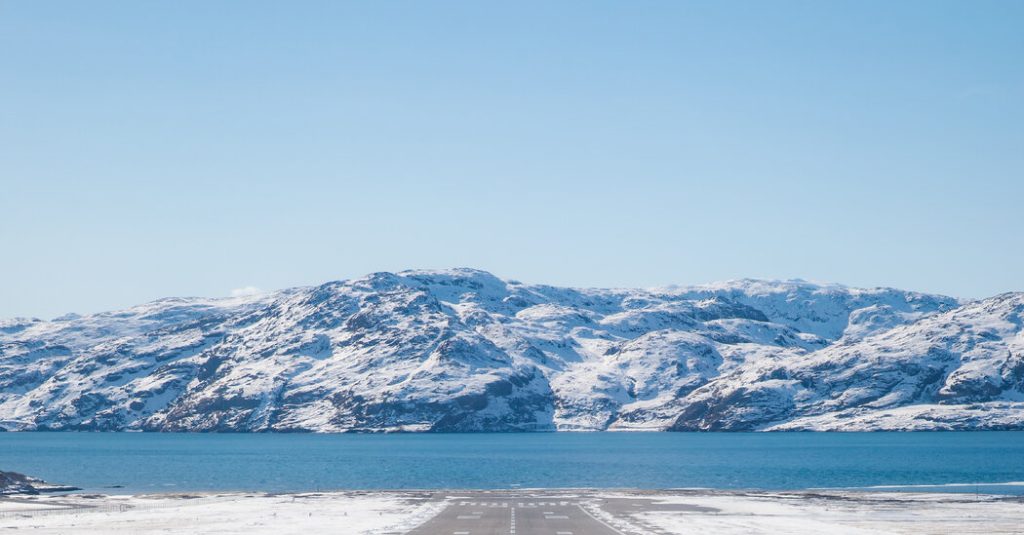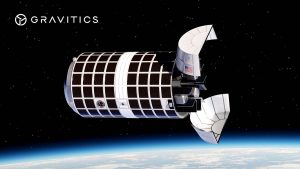If you want to get a glimpse of the long and complicated history between the United States and Greenland, Narsarsuaq is a good place to start.
Narsarsuaq, population 141, a village in southern Greenland, is tucked deep inside a fjord valley, next to a runway built as part of a U.S. military base during World War II. It served as a stop for aircraft on their way to Europe, among other things — the result of a wartime defense pact that preceded the current security agreement among Denmark, Greenland’s government and the United States.
Even in this hard-to-reach part of the world, there’s the same kind of acute uncertainty about the past and the future — what the U.S.-Greenland relationship meant before and where it is heading — that people in and outside America are feeling two months into President Trump’s second term.
“We have this connection and history,” said J.J. Simonsen, who works for a tour company that operates in Narsarsuaq. “There’s some stains in this tapestry — many, many stains. You can make it positive and negative. There’s always one side or the other.”
For months, Trump’s intensifying fixation on acquiring Greenland — and his refusal to rule out force to get it — has angered Danes and Greenlanders, a majority of whom want independence from Denmark and certainly don’t want to be Americans. This month Greenlanders gathered in the capital, Nuuk, and marched to the U.S. Consulate, carrying red-and-white Greenlandic flags and cardboard signs that read, “We are not for sale!”
Enter JD Vance. The vice president’s scheduled visit to the Pituffik Space Base in Greenland on Friday — along with his wife, Usha; the national security adviser, Michael Waltz; Energy Secretary Chris Wright; and Senator Mike Lee of Utah — seems unlikely to go far in bridging the growing gap, despite the friendly and casual tone of Vance’s announcement. It may go better than the previous plan would have, in which Usha Vance was set to attend a popular national dog-sled race. Pituffik is the only remaining U.S. military base in Greenland, in a more remote part of the island.
But it may still feel, to many, like a show of force. I traveled to Greenland last week, and the Trump administration’s attention in the past two months didn’t feel especially friendly or casual to the people I spoke to. Some even said that Trump’s comments — this week he told reporters, “We’ll go as far as we have to go” — have brought an end to decades of good relations. Greenland’s prime minister, Mute Bourup Egede, recently told the Greenlandic paper Sermitsiaq that Greenland had trusted America as a friend and ally but that that time was now over.
Others agree. “We feel betrayed. We thought that we were friends,” Aqqaluk Lynge, a former politician who has long been part of the island’s drive toward independence, said in an interview. “There’s plenty of opportunities for the U.S. government — or others who are interested — to talk to us on what they want. But posturing like this has left us in a situation where we are saying, ‘Well, then, we are not friends anymore.’ So what do we do?”
Greenlanders’ theories about what Trump actually wants from all of this — and whether it’s good for them — vary widely. Some believe the president is taking a maximalist position to ease the way for an expanded defense agreement or more American investment in the island’s trove of rare earth elements and other critical minerals. Some worry U.S. troops could one day be on the way. And still others see the attention, while unwelcome, as a chance to get closer to the independent country they want to be — politically, socially, economically.
“There are Greenlanders who believe that it’s damaging something,” said Simonsen, standing in front of one of the old U.S. air base buildings in Narsarsuaq. “In my eyes, it’s not. It’s publicity. It’s nice for us. It’s creating debate.”








